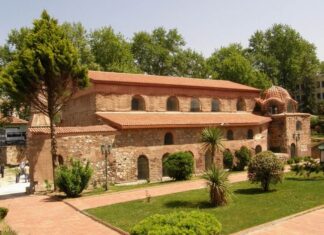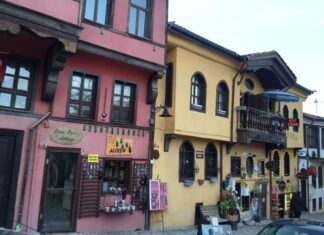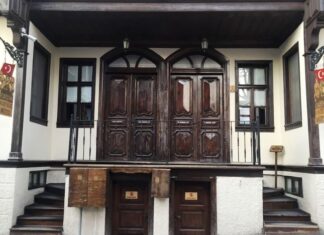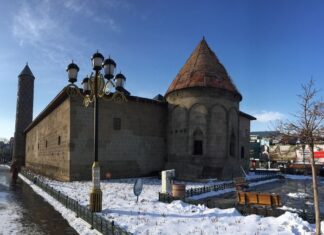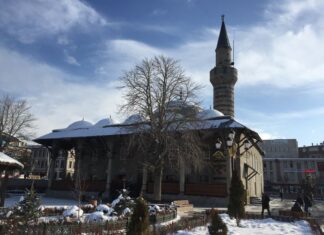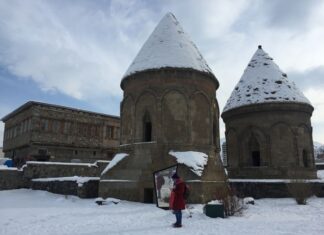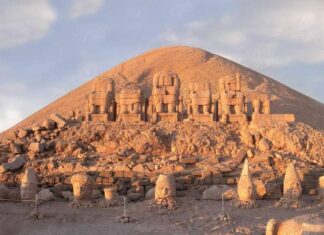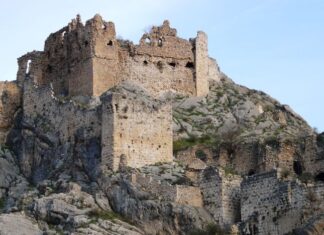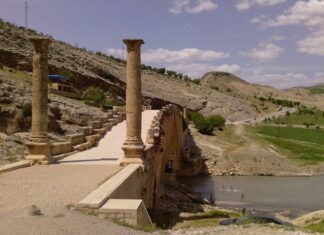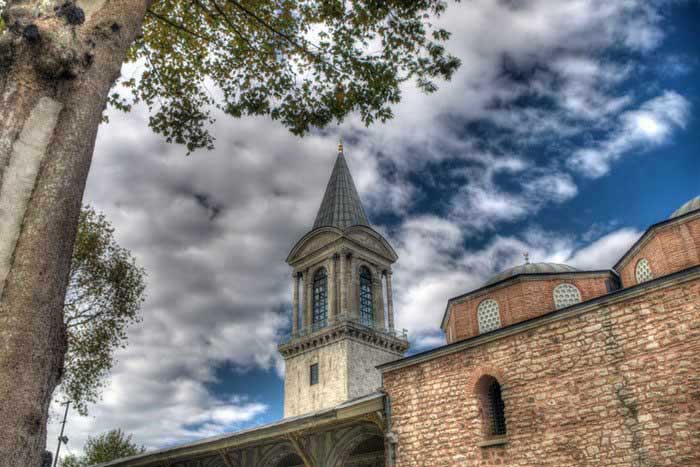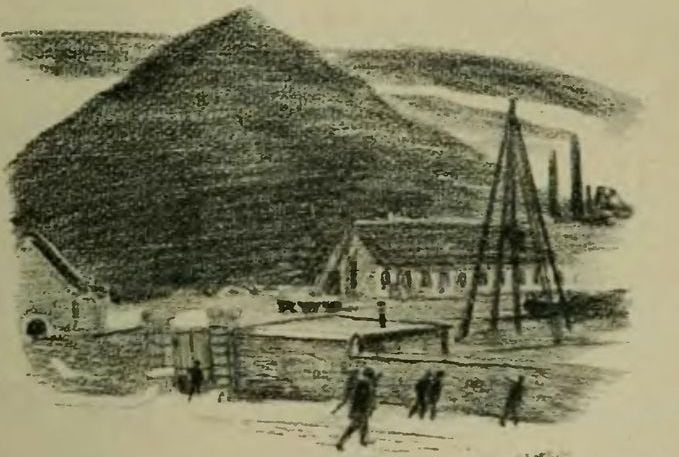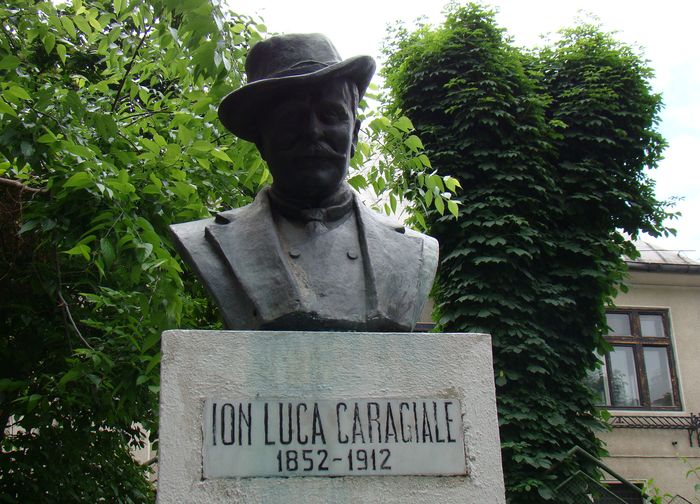Home Blog
Early Trade and Industry in Bulgaria
Railroads and Urban Specialization
The first railroad in Bulgaria was built in the second half of the 19th century, connecting Russe on the Danube with...
Bulgarias Economy under Turkish Rule
Agrarian Economy and Land Systems
During the five centuries of Turkish rule in Bulgaria (1396–1878), the country maintained a mostly agrarian economy. Farming was the...
Exploitation and the Big Leap Forward
In the late 1950s, the Bulgarian people faced increasing exploitation under the Communist regime. In October 1958, the Bulgarian Communist Party, acting under clear...
Early Settlement of the Balkans
The Slavs arrived in the Balkan Peninsula from the eastern regions of the Russian steppe during the 5th century. Over the next two and...
Geography and Natural Features
Bulgaria is a mountainous country with a variety of landscapes, including mountain slopes, plains, rivers, and a long coastline along the Black Sea. Its...
Geography of Bulgaria
Location and Borders
Bulgaria is located in southeastern Europe. To the north, it is separated from Romania by the Danube River, which serves as a...
Hermits and Eccentrics of Athens
The Hermit on the Temple of Jupiter
A long time ago, a hermit chose to live on top of the columns of the Temple of...
Education in Greece
Literacy and Schooling
Although Greece has not conducted a recent census, estimates based on young men entering the army suggest that about thirty percent of...
Crime and Prison in Greece
Prison Life and Public Opinion
In Greece, people who have served a term for murder do not carry a social stigma. In fact, it is...
The Congress of Berlin and Its Decisions
After signing the Congress of Berlin Treaty, Prince Bismarck and Lord Beaconsfield believed they had successfully changed history and ensured peace in Europe.
Unforeseen Forces...
